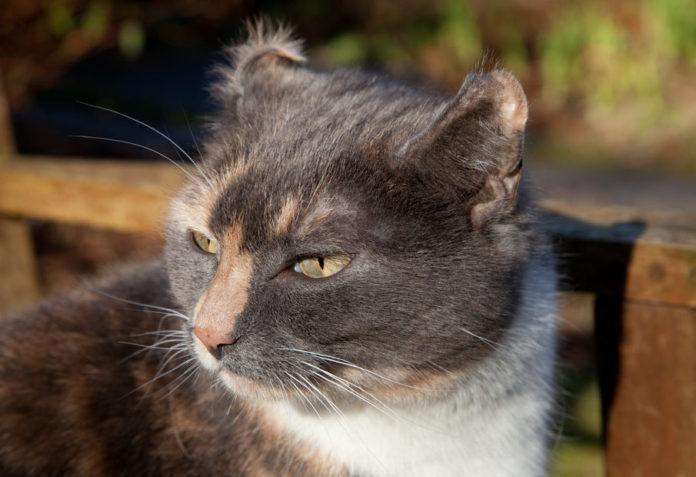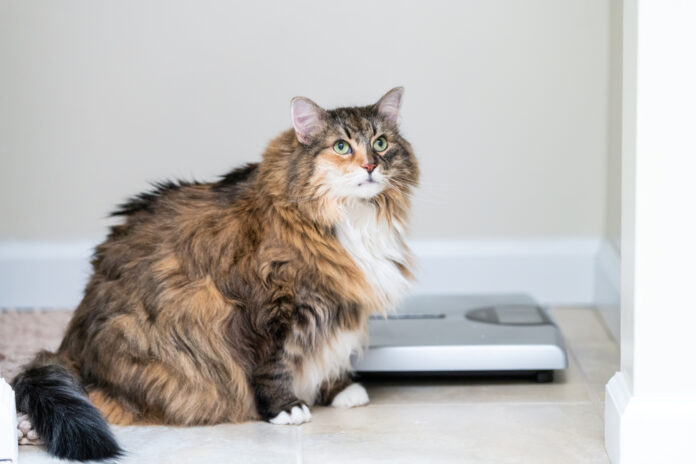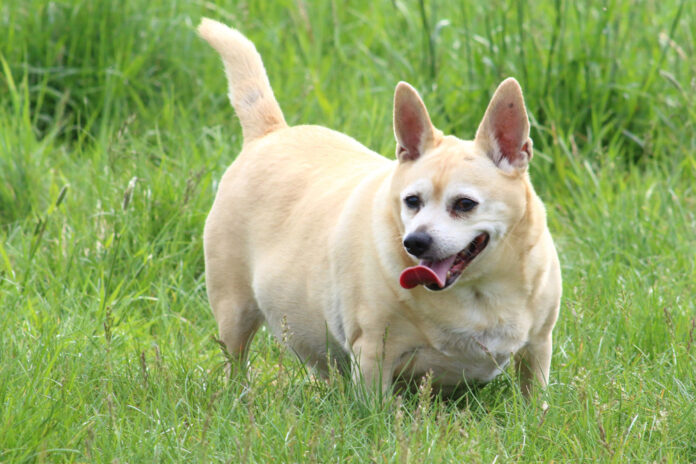Cauliflower ear in cats

Cauliflower ear isn’t just a boxer’s affliction. It can also appear in cats, and relatively common, especially among stray and feral cats.
My sister just adopted a cat with a strange crinkled ear,” says Karen. “We have no idea what caused it, but it doesn’t seem to be bothering him. Was he born that way, or did he get hurt at one time?” The condition Karen is referring to is called cauliflower ear, also known as “crinkle ear”. It’s relatively common, especially among stray and feral cats. And while it may look peculiar, it’s relatively harmless in the long run.
What happened?
The pathology of cauliflower ear is fairly well understood. According to veterinarian Dr. Martha Smith, it’s actually a scarring of the pinna, or flap part of the ear. This scar tissue forms as the ear heals itself from an injury.
When the injury first occurs, adds Dr. Shana Savikko of the American Animal Hospital Association, the ear flap will swell with blood and other fluid, causing a lump, usually on the inside of the cat’s ear. The lump may or may not be tender to the touch. It typically will not drain itself; instead, the cat’s body will eventually re-absorb the fluid, forming scar tissue that causes the ear to actually crinkle out of shape. The amount of crinkle varies, depending on the seriousness of the injury.
Veterinarian Dr. Ann Hohenhaus says an injured ear can be drained, but scar tissue will still form, and the ear will never regain its original smooth shape. Certainly, if the lump is large or painful, take your cat to the veterinarian so he/she can drain the fluid and relieve the pain.
In very severe cases, the blood-filled lump may expand and block the ear canal; the resulting scar tissue can also block the ear canal by twisting the ear. In these cases, surgery can repair the blockage, although it cannot eliminate the crinkle.
Causes can vary
The initial wound at the root of “crinkle ear” is usually self-inflicted – unlike the cauliflower ear common to boxers. Many veterinary doctors say it may be caused by a rapid shaking of the head, usually triggered by an itching in the ears. An injury can also occur when the cat scratches the itch and cuts and breaks capillaries in the tender tissue with his claws. The itching may arise from various sources, including allergies and ear mites. Of course, cat fights may also result in injuries that can lead to cauliflower ear, one reason why this condition is more often seen in stray or feral cats.
Sometimes, the cause of cauliflower ear can be a little more complicated. Veterinarian Dr. John Symes is convinced it’s a symptom of a serotonin deficiency possibly caused by a food allergy. This deficiency shows up as a clotting disorder that allows the blood to flow into the ear, expanding an injury at the initial site of the trauma. To avoid this potential source of cauliflower ear, Dr. Symes suggests feeding cats a diet free of likely allergens – gluten, corn, soy and dairy products.
The good news is that cauliflower ear in itself won’t hurt or trouble your cat. You can help prevent it by nipping ear mites in the bud if they occur, doing what you can to keep your cat allergy-free through diet and other measures, and not letting him get into fights with other felines. If, like Karen’s sister, you’ve adopted a cat that already has a crinkled ear, just relax and enjoy his unique appearance!




